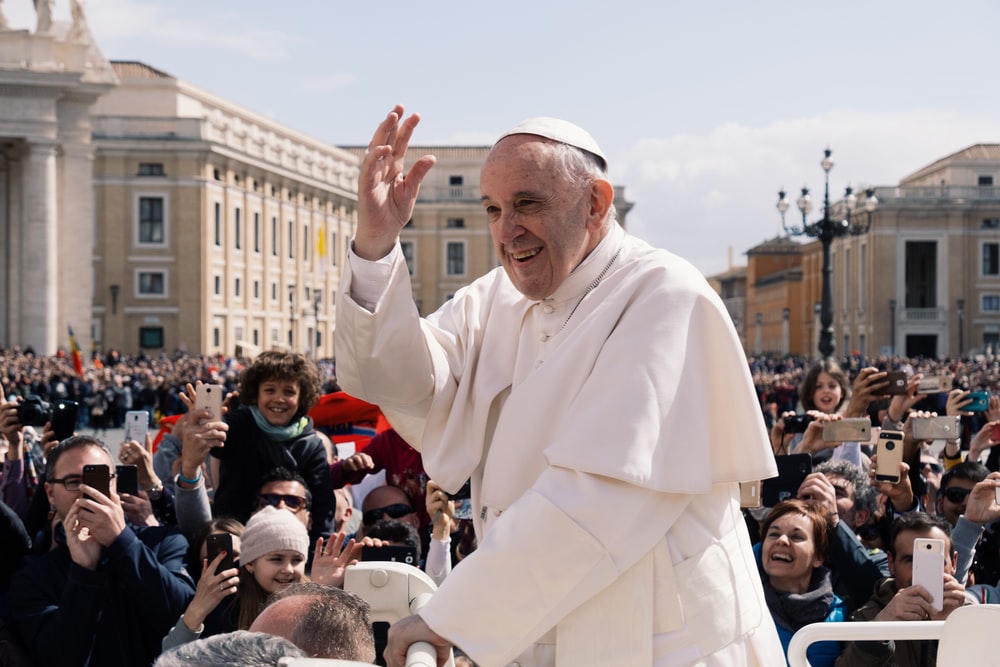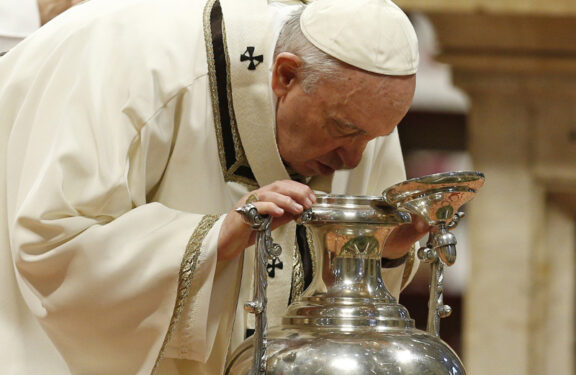It was against overwhelming odds and difficult circumstances that the Congregation came into existence. The outbreak of World War II brought untold suffering to people everywhere, and North East India, being a border area, was subject to even greater hardships. The immediate consequences of the war, like the displacement of peoples, the influx of the refugees especially from Burma, the uncared or little cared for victims of war, poverty and misery, made the life of the people in the region pathetic. The massive ignorance and squalid hygienic conditions of the rural womenfolk called for genuine care and concern. In the hundreds and thousands of villages of Assam there were so many women and children who had to be instructed. Bishop Ferrando could not withstand the sad plight of the people of the region who were deprived of spiritual as well as material assistance. He could not think of leaving them to be doomed forever. So the idea arose that a Congregation of sisters who would visit villages, enter homes and huts and take care of the sick, gather children and stay in village, not for a few hours, but for weeks continuously.
He also realized that the future of the mission in the region depended on local vocations. Bishop Ferrando’s vision for the nurturing of local vocations found its most concrete expression in the founding of religious Congregation for women: Missionary Sisters of Mary Help of Christians (MSMHC). The Encyclical letter of Pope Pius XI appealing to the Bishops to create new religious communities was an incentive for Bishop Ferrando to transmit his vision and ideas especially his daring apostolic and missionary heart to a group of young girls.
In 1942 the first indigenous Congregation in North East India began to take its initial steps along its path of destiny. At that time there were eight girls in St. Mary’s Convent Guwahati, keen to offer themselves as apostles in the mission field. On 24 October 1942, Bishop Ferrando started the new Congregation with these eight girls as the first postulants who entered the novitiate that day. The novice mistress was Sr. Severina Schiapparelli FMA. On 8 December 1944 the seven novices, Agnes Surin, Blandina Tirkey, Elizabeth Kujur, Madgali Dhanwar, Mary Surin, Tulia Dumbria and Veronica Kujur dedicated themselves to the Lord. Bishop Ferrando presided over the ceremony of the religious profession of these first seven Sisters of MSMHC.
The Lord blessed the humble beginning with rapid growth and rich missionary harvest. Its unpretentious origins, growth in obscurity and hardship, and the immeasurable trust and faith of the Founder who believed in the power of the Almighty are monumental testimonies of God’s unbounded love and inscrutable ways. The fledging Congregation’s growth to maturity was interspersed with experiences, both positive and negative. With the passing of time they became growth-experiences helping to strengthen the conviction and deepen the commitment of the members.
The Founder entrusted the government of the budding Congregation initially to the Salesian Sisters (FMA). Sr. Luigina Saletta FMA was appointed the first Mother General of the young Congregation on 2 February 1955. In 1968, when Mother Nellie Nunes FMA was withdrawn, Sr. Magdaline Surin MSMHC who was the Vicar General of the Congregation guided the Congregation until the appointment of Sr. Mary Rose Thapa, the first MSMHC Mother General, in 1970. She held the office for three consecutive terms from 1970- 1988. Fr. Attilio Colussi SDB was the first spiritual director of the Congregation (1942 – 1965) and Fr. Noel Joseph Kenny SDB was the second spiritual director (1965 – 1995).
The Congregation became an Institute of Pontifical Right on 21 March 1977 during the Pontificate of Paul VI. Don E. Vigano, sdb the Rector Major, gave the Congregation official recognition as a member of the Salesian Family in 1986.
In the fourth General Chapter held in 1988 Sr. Elizabeth Packumala was elected the Second Mother General of the Congregation. She led the congregation from 1988 - 1999. The Chapter brought about changes in the administration of the Congregation and the Congregation was divided into provinces.
The Sixth General Chapter which was held in January 2000, elected Sr. Mary Thadavanal as the new Superior General of the Congregation. The Seventh General Chapter held in January 2006 re-elected her for the second tenure as the Superior General of the Congregation.


